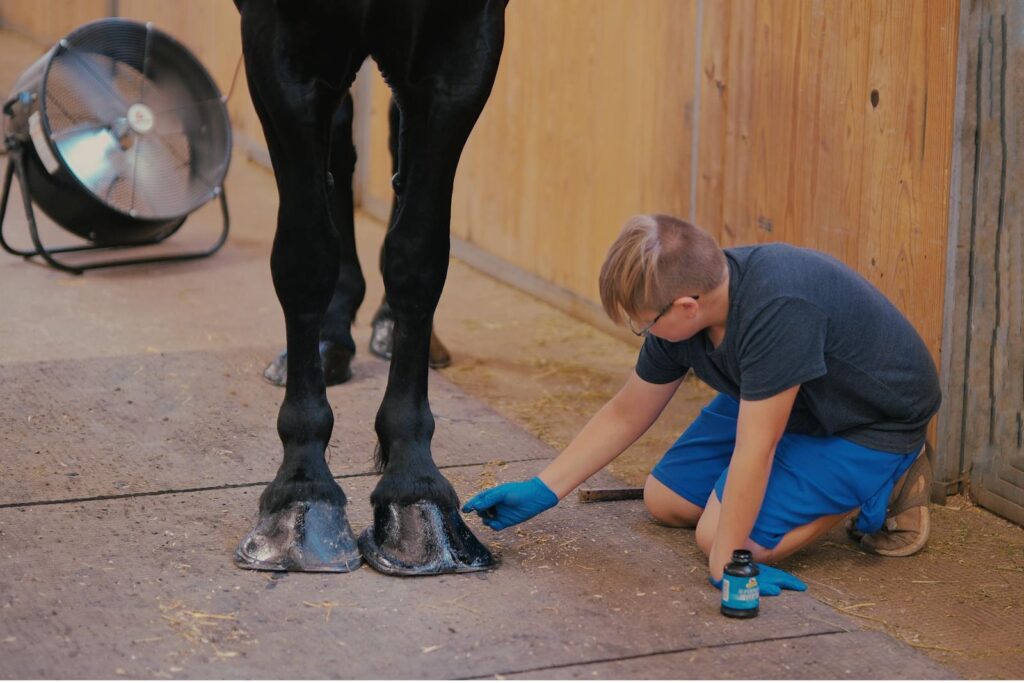Soft tissue injuries in horses can be devastatingly complex, requiring patience, expertise, and a methodical approach to rehabilitation. Whether your equine partner has suffered a tendon strain, ligament sprain, or muscle tear, the road to recovery demands careful management and a thorough understanding of healing processes. Unlike bone injuries with clear timelines, soft tissue healing follows a less predictable path, often requiring months of dedicated rehabilitation. The following comprehensive guide outlines evidence-based approaches to bring your horse back to soundness while minimizing the risk of re-injury—a common complication that can end athletic careers. By following a structured rehabilitation program tailored to your horse’s specific injury, you can optimize healing and potentially achieve a full return to previous performance levels.
Understanding Soft Tissue Injuries in Horses
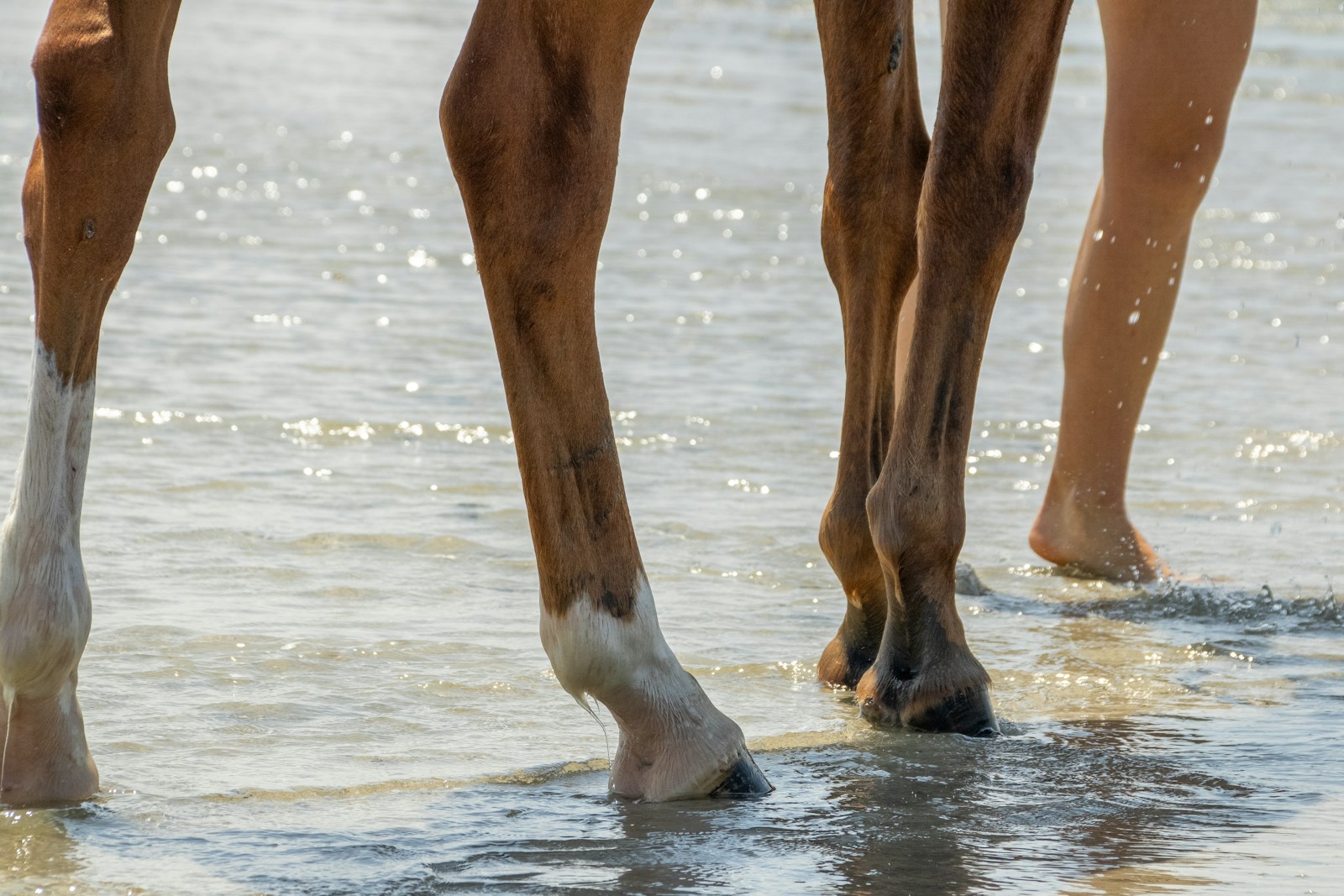
Soft tissue injuries in horses primarily affect tendons, ligaments, and muscles—structures comprised of collagen fibers that provide flexibility and strength for movement. When these tissues are damaged through overexertion, trauma, or repetitive strain, the fibers tear and create inflammation, leading to pain, heat, and swelling in the affected area. The severity ranges from mild strains with minimal fiber damage to complete ruptures requiring extensive healing time. Unlike human soft tissue injuries, equine recoveries are complicated by the horse’s size, weight-bearing requirements, and inability to completely rest the injured area. Understanding the exact nature of your horse’s injury through proper veterinary diagnosis is essential for creating an effective rehabilitation plan that respects the biological timeline of healing phases.
Immediate Care: The Acute Phase
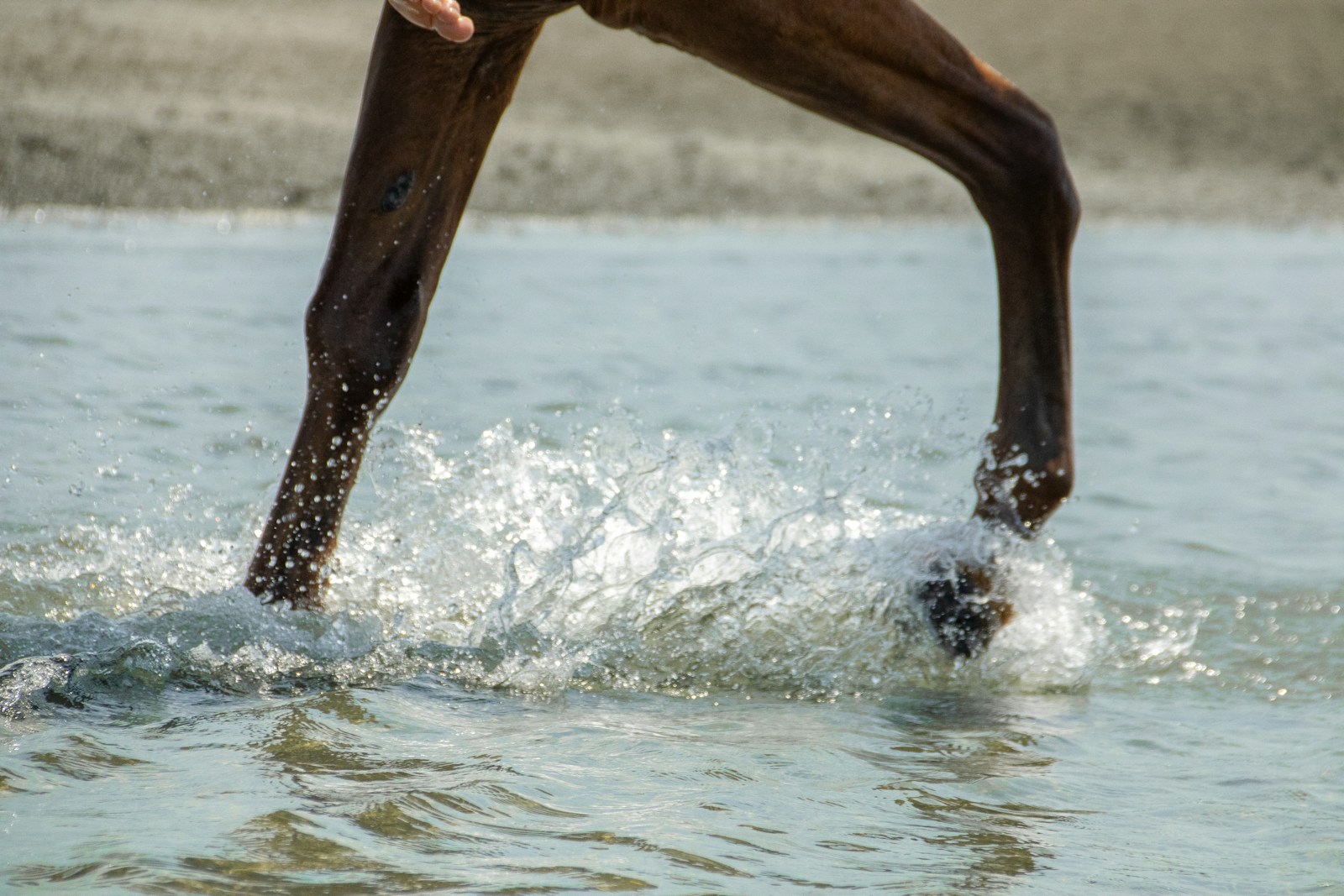
The first 72 hours after a soft tissue injury are critical for minimizing damage and setting the stage for optimal healing. Cold therapy should be applied promptly to reduce swelling, inflammation, and pain—ideally 20 minutes on, 20 minutes off, several times daily using specialized ice boots or cold-water hosing. Complete stall rest is typically necessary during this phase to prevent further damage to vulnerable tissues. Anti-inflammatory medications prescribed by your veterinarian can help manage pain and reduce inflammation, but should be used judiciously to avoid masking important pain signals. Creating a deeply bedded, comfortable stall environment will encourage your horse to rest the injured limb properly while maintaining good circulation to facilitate healing in the damaged tissue.
Diagnostic Approaches and Evaluation
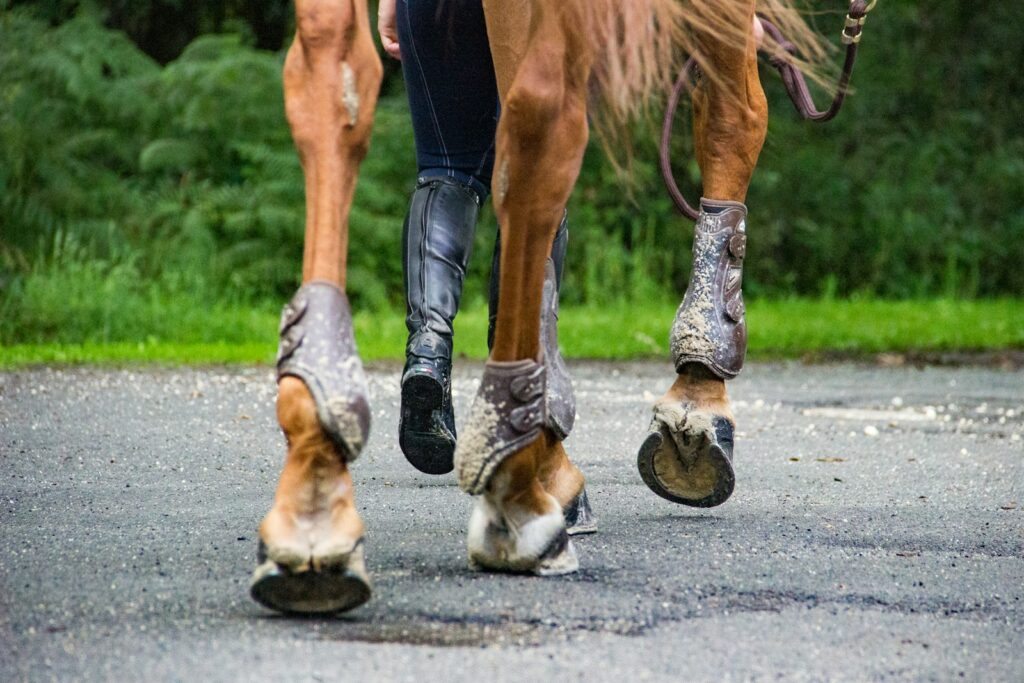
Accurate diagnosis forms the foundation of any successful rehabilitation program, making professional veterinary assessment non-negotiable for soft tissue injuries. Ultrasound examination remains the gold standard for evaluating tendon and ligament damage, showing the exact location, extent, and pattern of fiber disruption with remarkable clarity. Your veterinarian will likely perform initial imaging followed by scheduled re-checks to monitor healing progress throughout the rehabilitation period. MRI imaging may be recommended in complex cases where traditional ultrasound cannot fully visualize the affected structures, particularly for injuries in the foot and pastern region. The diagnostic findings will determine your rehabilitation timeline, approach, and ultimately the prognosis for your horse’s return to work.
Creating a Structured Rehabilitation Plan
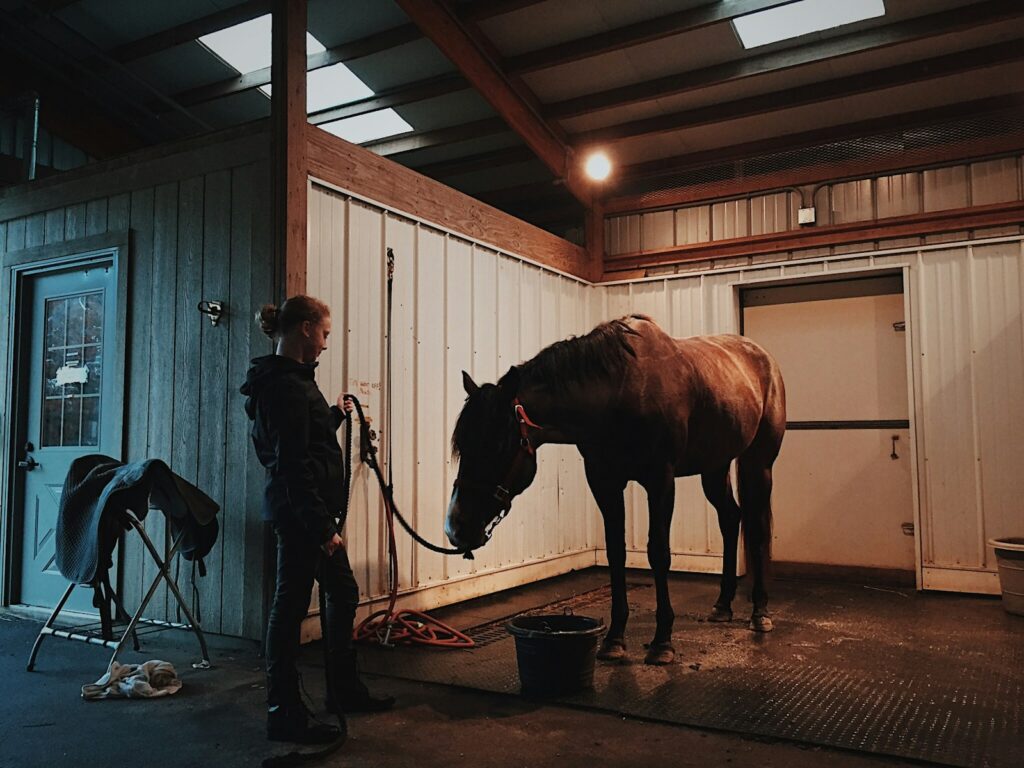
A successful rehabilitation program follows a progressive, phase-based approach that respects tissue healing biology while gradually reintroducing controlled stresses to strengthen the injured area. Your veterinarian and equine rehabilitation specialist should collaborate to develop a customized plan based on your horse’s specific injury, previous fitness level, and intended return activity. This plan will typically span 6-12 months or longer, divided into distinct phases with clear progression criteria that must be met before advancing to higher levels of work. Documentation is crucial—maintain detailed records of your horse’s daily response to therapy, exercise protocols, and any changes in the appearance or feel of the injured area. Regular veterinary assessments with follow-up imaging should be scheduled to verify proper healing before increasing work intensity.
Controlled Exercise Progression
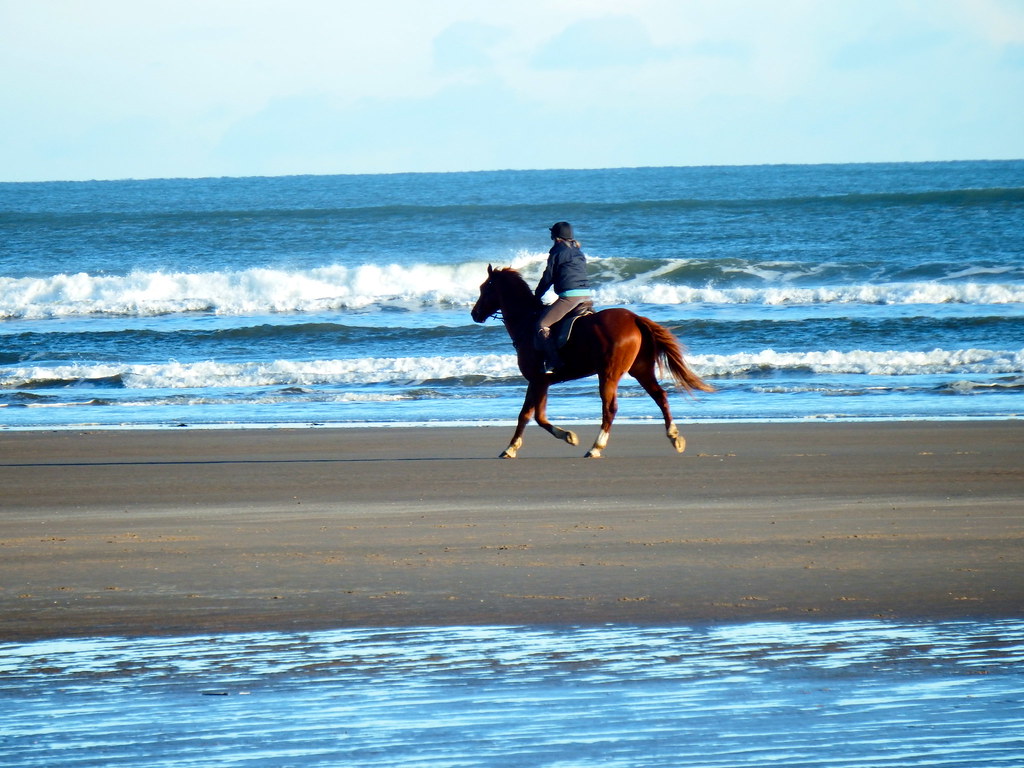
After the initial acute phase, carefully controlled exercise becomes essential for promoting proper fiber alignment during healing and preventing the negative effects of prolonged immobility. Hand-walking typically begins the controlled exercise program, starting with just 5-10 minutes daily and gradually increasing by 5 minutes weekly as tolerated. The surface should be level, consistent, and forgiving—arena footing or grass paths are ideal for these initial walking sessions. As healing progresses over weeks to months, straight-line trotting may be introduced, followed much later by collected work, circles, and eventually canter work. Each new exercise element should only be added after veterinary confirmation that the healing tissue can withstand the increased stress, with immediate scaling back if any inflammation or pain recurs.
Therapeutic Modalities for Enhanced Recovery
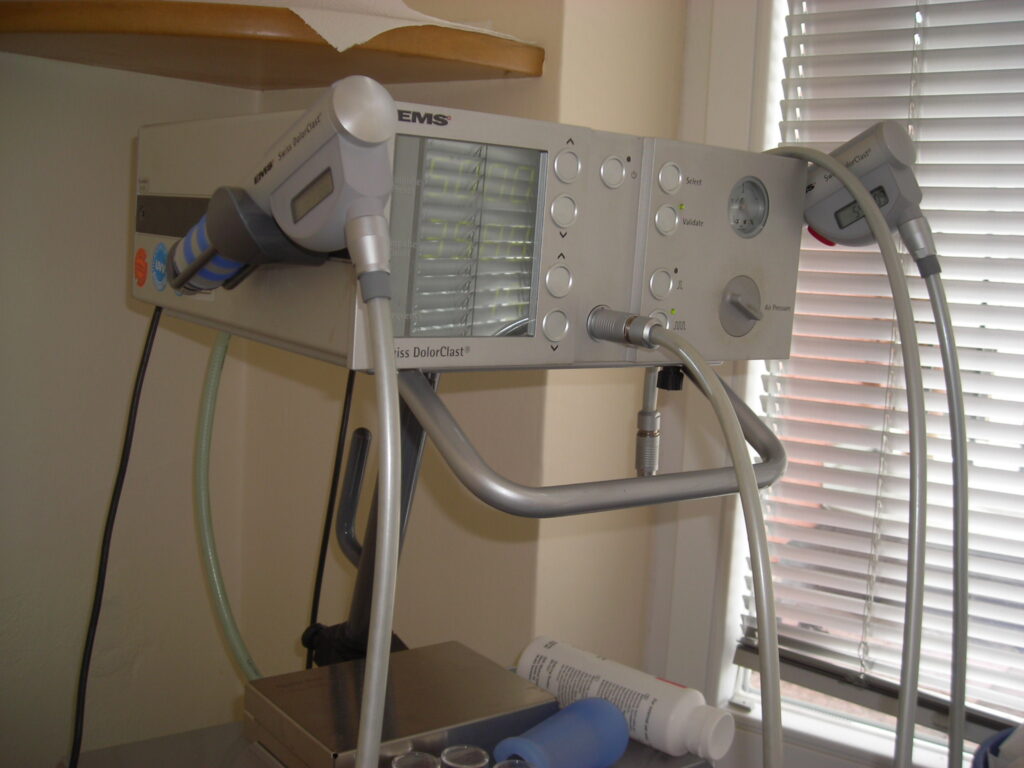
Modern equine rehabilitation offers numerous therapeutic modalities that can significantly enhance the healing process when used appropriately alongside controlled exercise. Therapeutic ultrasound delivers deep tissue heating that increases circulation and cellular activity in the damaged area, potentially accelerating repair processes. Extracorporeal shock wave therapy (ESWT) has shown promising results for certain tendon and ligament injuries by stimulating blood vessel formation and cellular regeneration. Laser therapy utilizes specific light wavelengths to reduce inflammation and promote tissue repair at the cellular level. Pulsed electromagnetic field therapy (PEMF) may help reduce pain and encourage healing through its effects on cellular metabolism. Your veterinarian can recommend which modalities are most appropriate for your horse’s specific injury type, location, and stage of healing.
Supportive Care and Bandaging Techniques
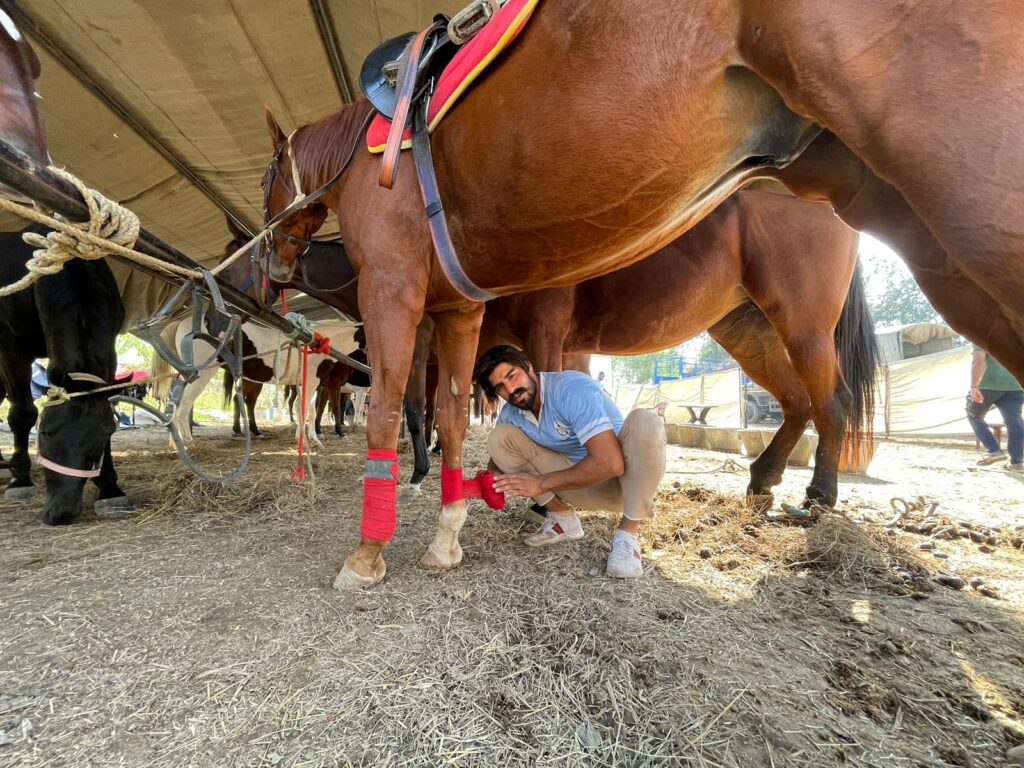
Proper support for the injured limb plays a crucial role in rehabilitation success, particularly for lower limb injuries. Various bandaging techniques provide compression to reduce swelling, offer structural support, and protect healing tissues during controlled exercise. Standing wraps with appropriate padding are commonly used during stall rest phases, while specialized sports medicine boots may be recommended as exercise increases. For certain tendon injuries, specialized braces or orthotic devices might be prescribed to limit extension of the affected area during healing. Bandaging must be applied with expertise to ensure even pressure distribution without restriction of circulation or creation of pressure points. Your veterinarian or therapist should demonstrate proper techniques and schedule for changing bandages, as incorrect application can create additional problems.
Nutritional Support for Tissue Healing
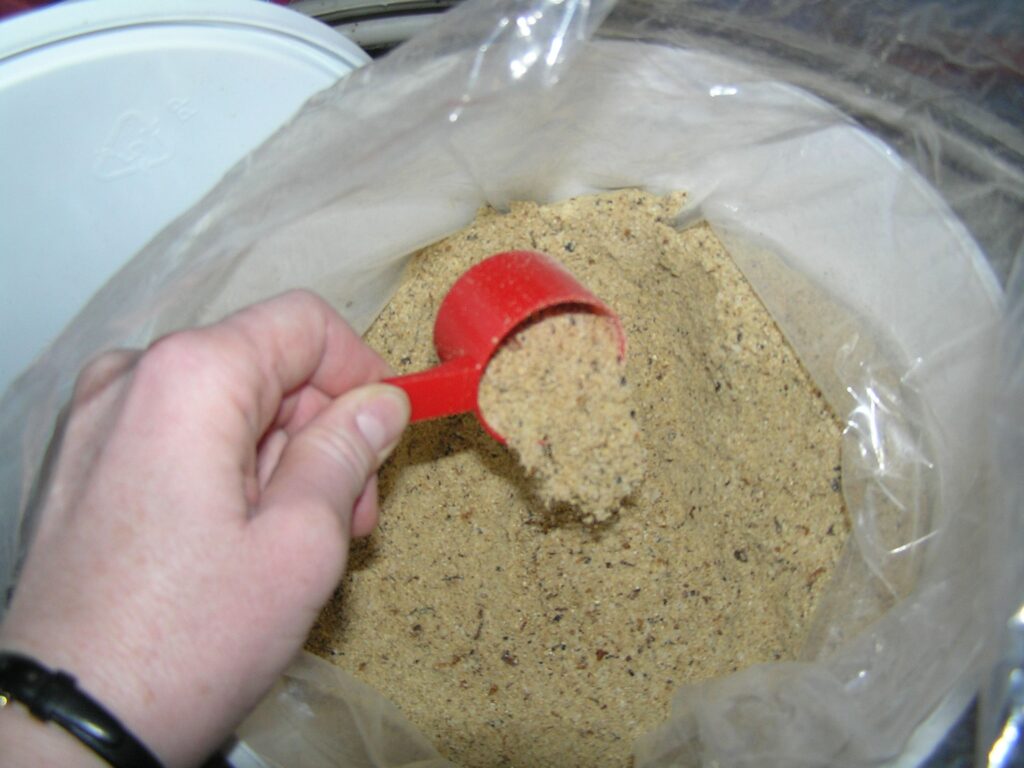
Optimal nutrition significantly impacts soft tissue healing, making dietary management an essential component of rehabilitation. Protein intake deserves special attention, as collagen synthesis requires adequate amino acid availability—especially glycine, proline, and lysine. Antioxidants including vitamins C and E help combat oxidative stress during the inflammatory phase and support collagen formation. Minerals such as copper, zinc, and manganese serve as cofactors in enzymatic reactions critical to tissue repair. Omega-3 fatty acids may help modulate inflammation naturally, complementing medical management. Consulting with an equine nutritionist can help you formulate a balanced diet that meets your horse’s specific needs during different rehabilitation phases, with appropriate supplementation where necessary without creating excesses that could lead to weight gain during reduced activity.
Managing the Stall-Bound Horse
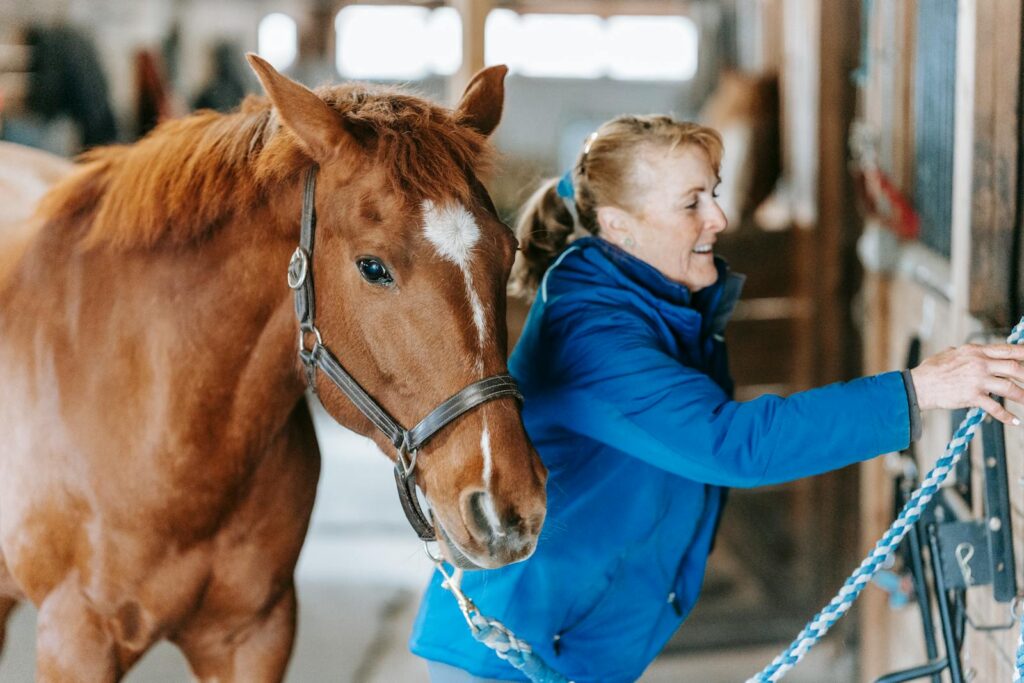
Extended stall rest presents significant psychological and physical challenges for horses accustomed to regular turnout and exercise. Mental stimulation becomes crucial to prevent stress-related behaviors that could jeopardize healing—consider providing multiple small forage feedings, stall toys, mirrors, or a stabled companion within sight. Hand-grazing sessions, when permitted by your veterinarian, offer environmental enrichment while maintaining necessary movement restrictions. Maintaining a consistent routine helps reduce anxiety, as does calm, positive handling during therapy sessions. For horses showing signs of stall rest-induced stress, your veterinarian might recommend mild sedatives or calming supplements to prevent self-injury. Regular grooming not only provides social interaction but helps maintain circulation and skin health during periods of reduced movement.
Monitoring Healing Progress
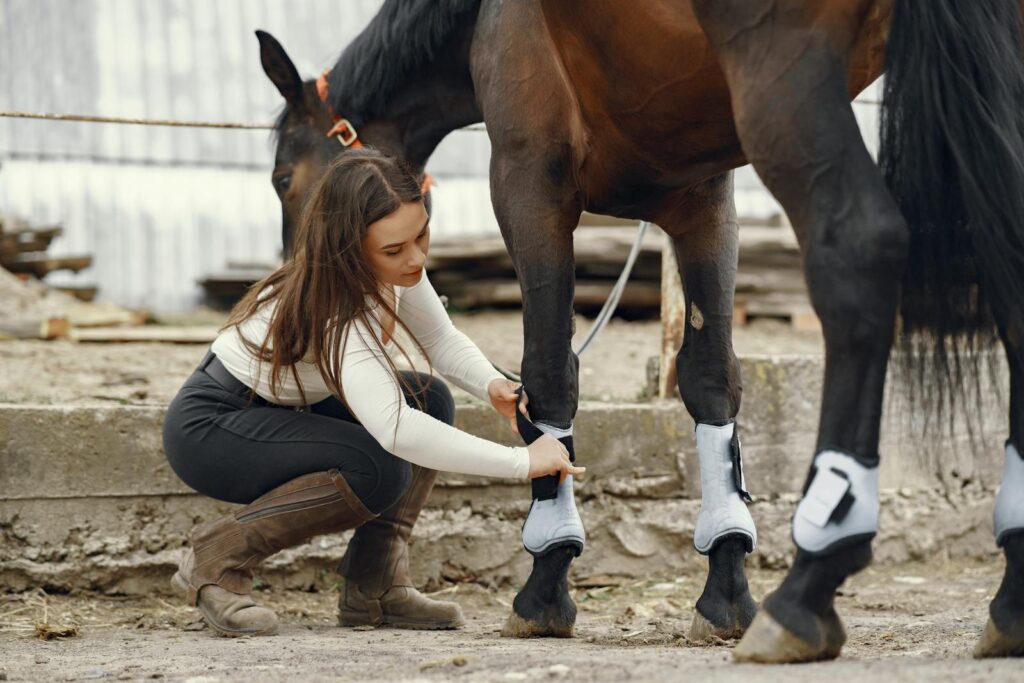
Careful observation and documentation form the backbone of successful rehabilitation management, allowing for timely adjustments to the program. Daily assessment should include monitoring for heat, swelling, or increased pain in the injured area, especially after exercise sessions have been introduced. Digital photographs taken at regular intervals provide visual documentation of any visible changes in the affected limb. Keep detailed records of exercise durations, surfaces used, and your horse’s response to increasing workloads. Regular veterinary re-examinations with follow-up ultrasound or other imaging will objectively track tissue healing and remodeling. Be prepared to temporarily scale back the rehabilitation program if setbacks occur—minor inflammation addressed promptly typically resolves quickly, while pushing through warning signs often results in major regression.
Advanced Regenerative Therapies
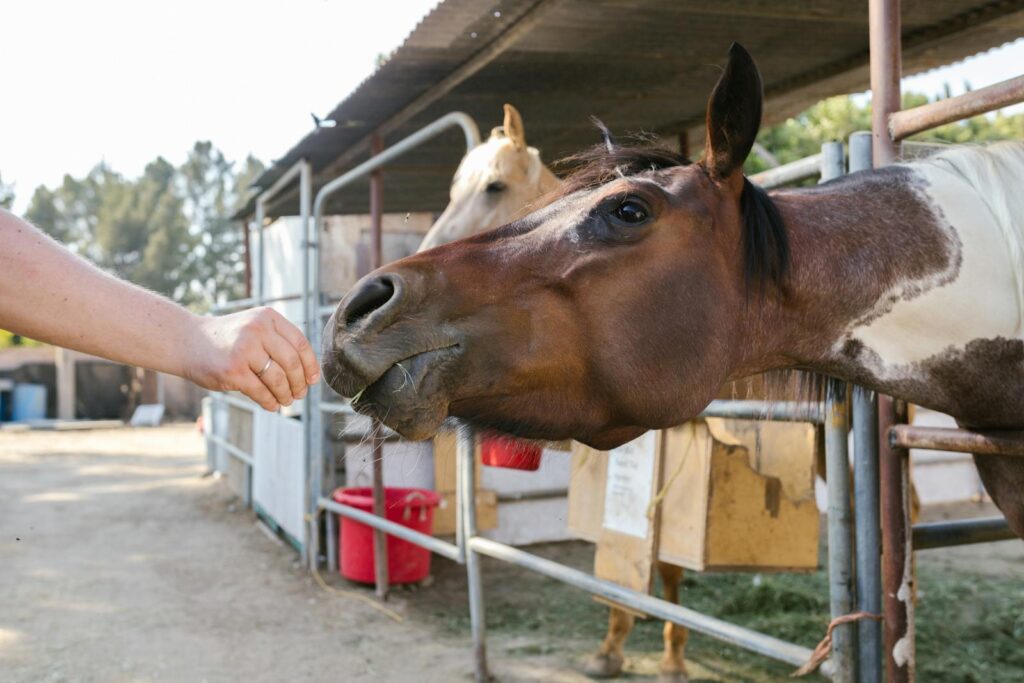
For certain soft tissue injuries, regenerative medicine approaches may offer advantages in healing quality and rehabilitation timelines. Platelet-Rich Plasma (PRP) therapy utilizes concentrated platelets from the horse’s own blood to deliver growth factors directly to the injury site, potentially enhancing the healing response. Stem cell treatments harvest and process the horse’s own stem cells, typically from bone marrow or adipose tissue, before injecting them into the damaged area to facilitate tissue regeneration. These advanced therapies are typically most effective when administered early in the healing process and followed by appropriate rehabilitation protocols. While promising, regenerative therapies represent significant financial investments and should be discussed thoroughly with your veterinarian regarding their appropriateness for your horse’s specific injury and expected outcomes.
Preventing Re-Injury During Return to Work

The transition from rehabilitation exercises to regular work represents a vulnerable period where re-injury risk is heightened. A conservative approach during this phase pays dividends in long-term soundness, even when the horse appears fully recovered. Implement a gradual return to normal work schedule, increasing duration before intensity and maintaining detailed records of workload progression. Surface selection becomes increasingly important—begin work on consistent, forgiving surfaces before reintroducing variable terrain. Appropriate warm-up and cool-down protocols are essential during this phase, allowing tissues to prepare for and recover from work stresses. Consider continuing supportive wraps or boots during work sessions and monitoring the limb for any post-exercise swelling or heat that might indicate the need to temporarily reduce workload.
Long-Term Management Considerations
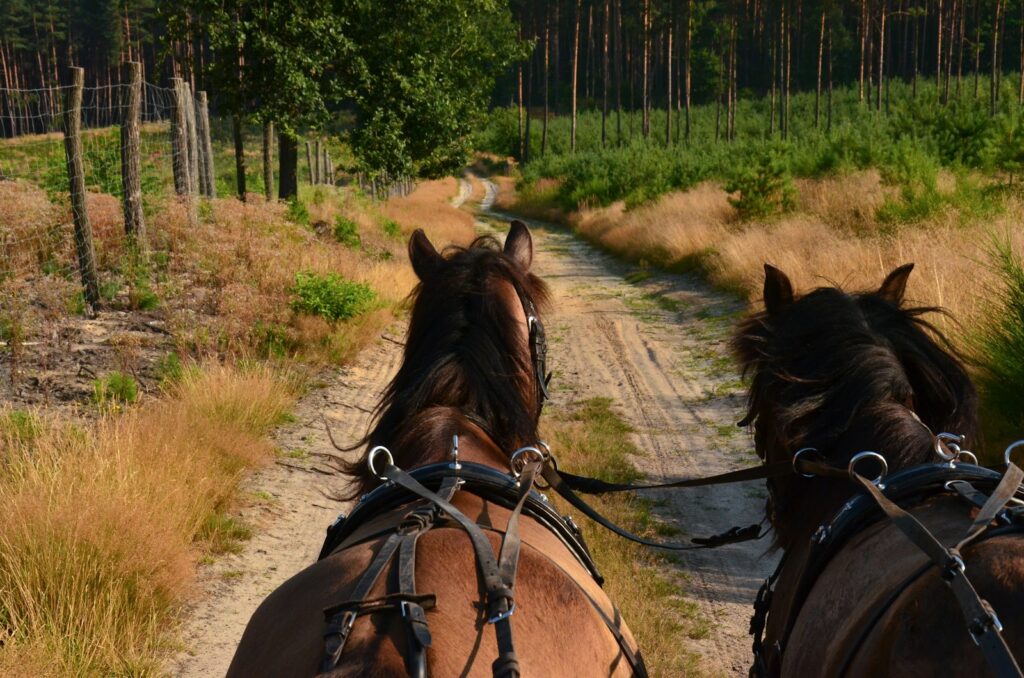
Even after successful rehabilitation, horses with prior soft tissue injuries require thoughtful ongoing management to maintain soundness. Regular veterinary assessment should continue periodically to catch any early signs of recurrence before they develop into significant problems. Many horses benefit from continued supportive therapies such as shock wave sessions or targeted exercises to maintain tissue strength. Careful attention to footing quality during regular work can significantly impact long-term outcomes, as can thoughtful shoeing by an experienced farrier who understands your horse’s biomechanical needs. For competition horses, strategic scheduling with appropriate rest periods between demanding events helps prevent overloading healing tissues. Recognize that while many horses return to their previous level of work, some may require adjustments to their expected athletic pursuits based on the nature and severity of their original injury.
When to Seek Additional Professional Help
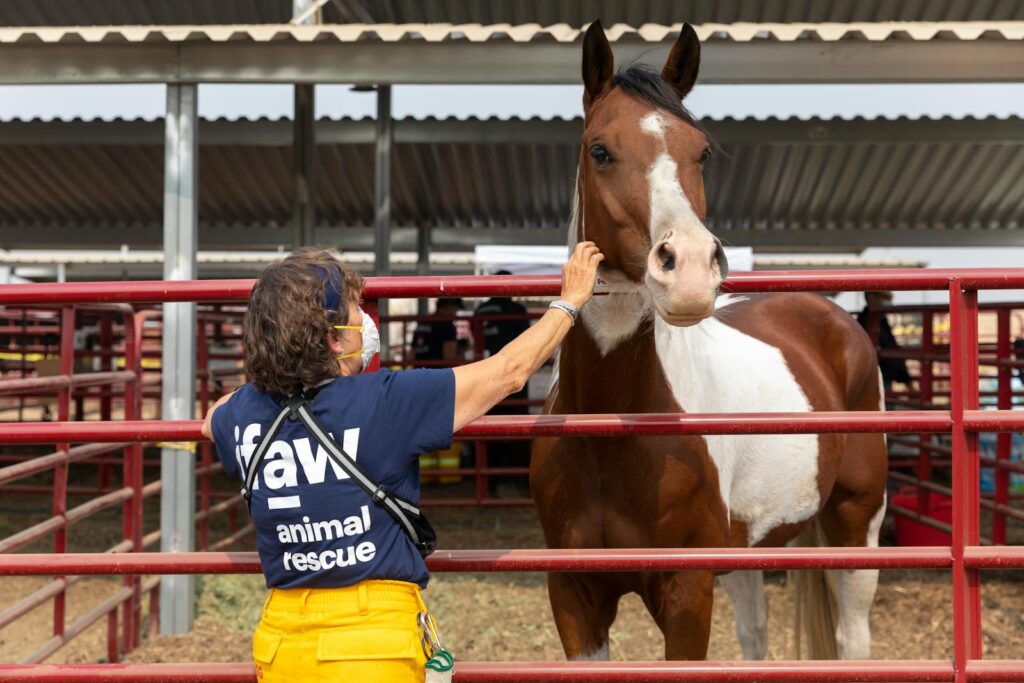
Throughout the rehabilitation process, certain warning signs warrant immediate veterinary attention to prevent serious setbacks. Persistent or increasing lameness, despite following the prescribed program, suggests inadequate healing or development of secondary issues requiring reassessment. Sudden increases in heat, swelling or pain in the injured area indicate possible inflammation or re-injury requiring prompt evaluation. Behavioral changes such as reluctance to bear weight or altered movement patterns may signal pain that requires addressing. Development of compensatory issues in other limbs occasionally occurs when horses alter their movement to protect an injured area—these secondary problems can sometimes become more limiting than the original injury if not addressed promptly. Maintaining open communication with your veterinary team ensures timely intervention when needed.
The rehabilitation of a horse following soft tissue injury represents a significant commitment of time, resources, and expertise. Success depends on understanding the biological healing process, following a structured exercise progression, and maintaining the patience to advance only when the tissue is truly ready. While the process can feel frustratingly slow, rushed rehabilitation inevitably leads to setbacks or permanent limitations. With proper veterinary guidance, appropriate therapeutic interventions, and consistent implementation of the rehabilitation plan, many horses can return to fulfilling athletic careers after even significant soft tissue injuries. The investment in proper rehabilitation not only benefits your horse’s immediate recovery but contributes to their long-term soundness and longevity as a performance partner.

